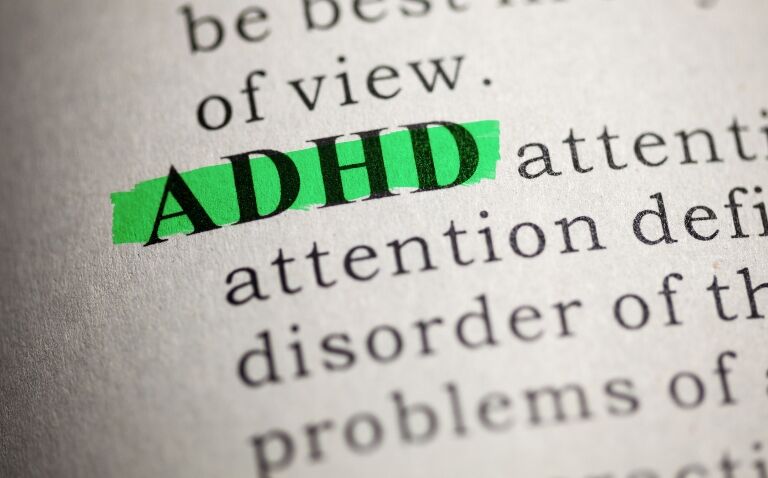NICE has recommended a new digital tool which could speed up ADHD diagnoses and help clinicians rule out more cases.
In new draft guidance, the National Institute for Health and Care Excellence (NICE) approved NHS use of the computer-based QbTest, alongside a standard clinical assessment, for diagnosis of attention deficit hyperactivity disorder (ADHD) in children and young people.
QbTest tracks the movement of participants while measuring the three main symptoms – inattention, impulsivity, and hyperactivity – and the results are then compared to a control group.
A previous clinical trial showed that QbTest led to a larger proportion of patients receiving a diagnostic decision within six months of their first assessment appointment.
NICE has said that use of the test also resulted in ‘clinicians being able to rule out ADHD in more cases’ and that the technology provides a ‘quicker diagnosis’.
ADHD diagnoses are usually made by specialist psychiatrists or paediatricians, and the NHS has seen a large rise in GP referrals for diagnosis in recent years.
A report earlier this year argued that demand for ADHD assessments is increasing at such a rate it has surpassed the ability of the NHS to keep up.
GP leaders across the UK recently called for locally commissioned NHS ADHD services and for patients to be able to self-refer to those services, without the requirement to consult their GP.
During the process to recommend QbTest, NICE heard from patient experts that long waiting times for ADHD assessment – sometimes lasting ‘many years’ – are a ‘significant issue’, and that many patients are seeking private care instead.
The recommendation for the use of digital technologies is limited to children and young people aged six to 17 for now, while further research is carried out for adults.
NICE’s diagnostics advisory committee emphasised that the QbTest should ‘only be used to supplement professional judgement, and not replace it’.
Director of NICE’s HealthTech programme Mark Chapman said children ‘deserve to receive a diagnosis in a timely manner’ and that there are ‘challenges’ in the current NHS pathway.
He continued: ‘This technology has the potential to generate tangible benefits to the lives of those waiting for an ADHD diagnosis.
‘Evidence presented to our committee showed the QbTest could increase the number of children and young people who get a diagnostic decision within six months of starting assessment.’
Dr Jessica Eccles, chair of the Royal College of Psychiatrists’ neurodevelopmental special interest group, said people often have to wait ‘months or even years’ for an ADHD assessment, and that any new ‘evidence-based tools’ should be used to reduce these ‘unacceptable waiting times’.
She added: ‘It’s critical that these tests are administered by a fully trained and qualified professional who can accurately interpret the information they provide. They must not be used in isolation but as part of a broader assessment.
‘The challenges facing ADHD services will not be solved by new technology alone. There is still a clear need for targeted resources to help them meet rising demand and provide vital care.’
A consultation on NICE’s draft guidance, which applies to England and Wales, is now open until 6 August.
ADHD is estimated to affect between 1% and 2% of children and young people in the UK, when using the World Health Organization’s diagnostic criteria.
The NHS recorded a large jump in the number of medicines prescribed for ADHD in 2023/24, which included a 28% rise for adults and a 9.9% increase for children and followed a steadily rising trend since 2015/16 when the annual report on mental health drugs was first compiled.
A version of this article was originally published by our sister publication Pulse.










